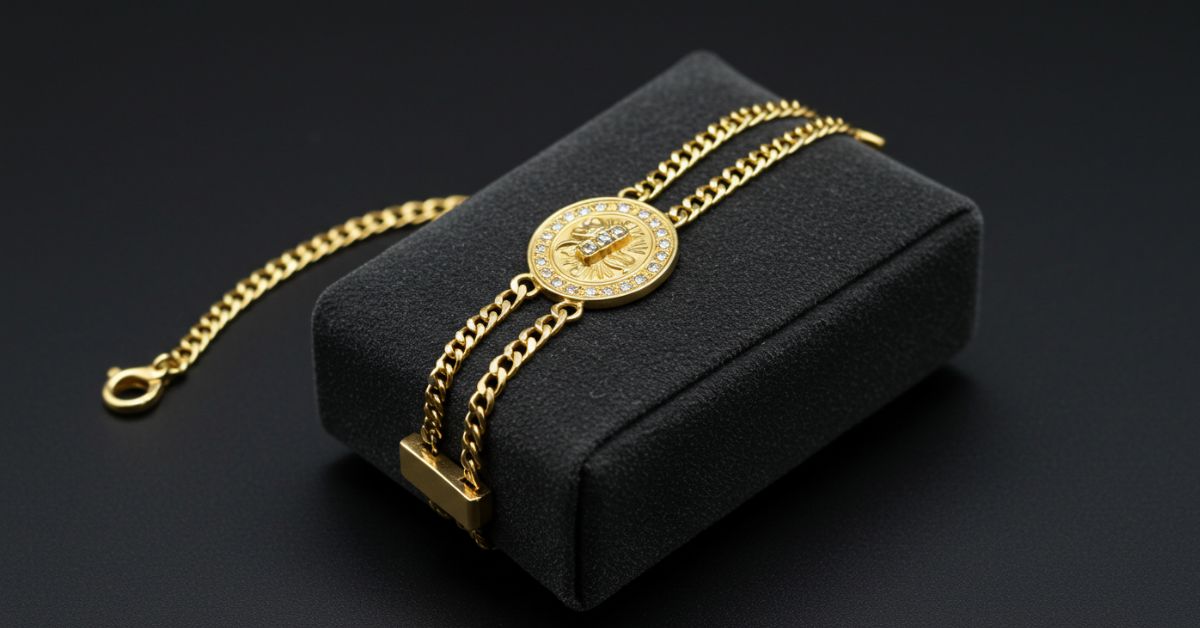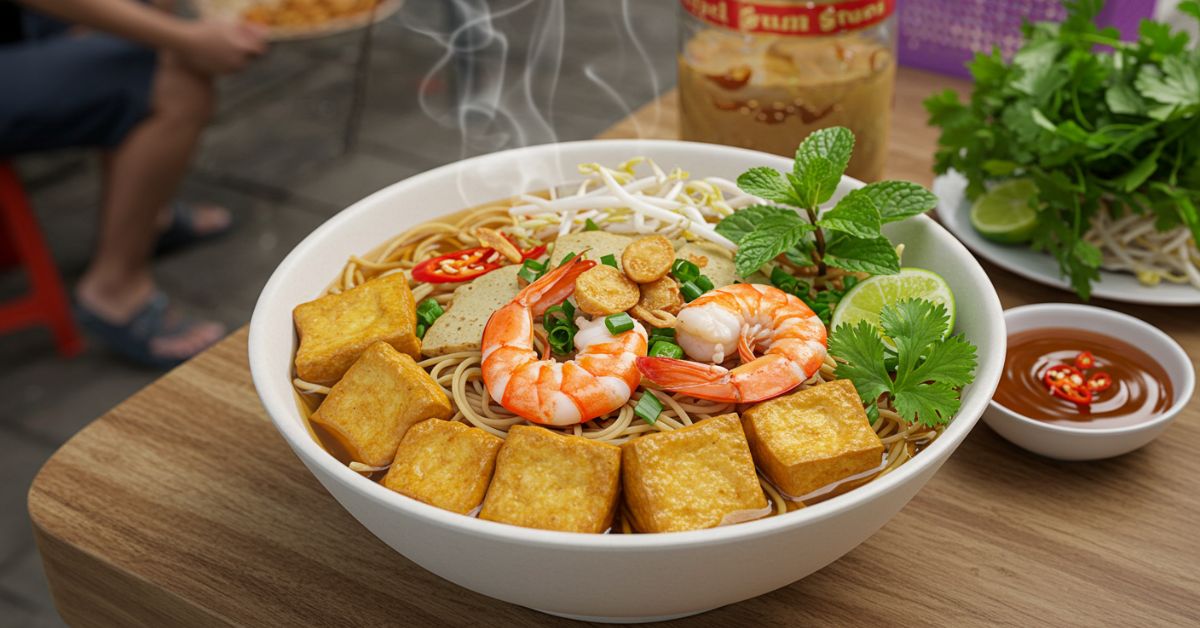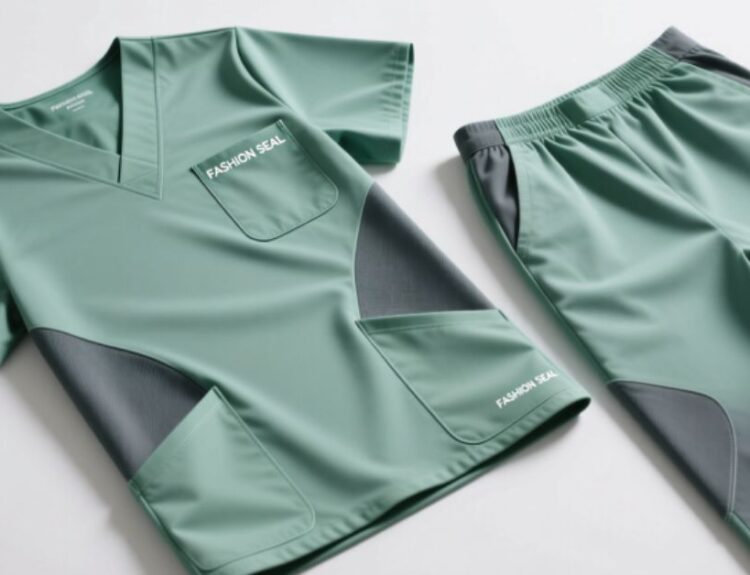The “esclava de oro,” or gold slave bracelet, is a timeless piece of jewelry that has captured the hearts of fashion enthusiasts across the globe. Its rich history, intricate design, and versatility make it an iconic accessory, perfect for those looking to add a touch of luxury to their wardrobe. Whether worn as an everyday accessory or a statement piece for special occasions, the esclava de oro continues to evolve with modern fashion trends while retaining its classic charm.
In this article, we will explore the origins, design, and significance of the esclava de oro, providing you with all the information you need to appreciate this exquisite piece of jewelry. Additionally, we will compare different types of esclava de oro bracelets and offer tips on how to choose the best one for your personal style. Let’s dive into the history and elegance of this stunning accessory.
What is an Esclava de Oro?
The term “esclava de oro” is Spanish for “gold slave bracelet.” The word “esclava” refers to a bracelet, particularly a broad, cuff-like bracelet, and “oro” means gold. This bracelet style is characterized by a solid gold band that often fits tightly around the wrist, offering a smooth, sleek appearance. The design can range from simple, minimalist forms to intricate, detailed craftsmanship that includes engravings or gemstones.
The esclava de oro has deep cultural significance in many Latin American countries, especially in areas with a rich colonial history. It is often seen as a symbol of wealth, social status, and sophistication. In some cultures, the bracelet is passed down through generations, serving as a family heirloom or a symbol of personal milestones.
Over time, the esclava de oro has also evolved into a fashionable statement piece. Jewelry designers continue to innovate with new materials, designs, and styles while keeping the essence of the traditional esclava intact. Today, it is widely worn by both men and women, making it a versatile and inclusive accessory.
Also read this post: Discover the Meaning and Beauty of the 1212 Angel Number Necklace
The History and Evolution of the Esclava de Oro
The origins of the esclava de oro can be traced back to the colonial period in Latin America. During this time, Spanish colonizers introduced the use of precious metals, including gold, in jewelry making. Goldsmiths in cities like Cartagena and Mexico City began creating intricate jewelry pieces, including bracelets, for the elite class. The esclava de oro quickly became a symbol of social status and wealth, with its bold, eye-catching design making it a coveted item among the wealthy.
Over the centuries, the esclava de oro has undergone various transformations, influenced by trends in European jewelry and shifts in fashion. In the early 20th century, the bracelet became increasingly popular in Latin American cultures, and it was often worn as a symbol of family tradition or religious faith. The design, while initially simple, began to incorporate intricate engravings, gemstones, and even enamel, offering more variety and personal expression.
Today, the esclava de oro is worn not only for its historical and cultural significance but also for its versatility. Modern interpretations of the bracelet include variations such as thinner bands, textured finishes, and custom engravings. Many people wear the esclava de oro as part of their daily attire, while others reserve it for special occasions or formal events.
Design and Craftsmanship of the Esclava de Oro
One of the most captivating aspects of the esclava de oro is its craftsmanship. The bracelet is typically made from 18k or 24k gold, although there are also sterling silver and plated versions available for those seeking more affordable options. The solid gold construction ensures durability and a luxurious appearance that can be enjoyed for years to come.
The design of an esclava de oro is typically characterized by its broad, rigid structure. Some versions feature a plain, smooth surface, while others boast intricate engravings, patterns, or even embedded gemstones such as diamonds, rubies, or emeralds. The modern esclava de oro is often customized with personal touches, such as initials, family crests, or meaningful symbols.
While the traditional esclava de oro is a solid, cuff-like piece, some modern variations include hinged or adjustable designs, allowing for a better fit and increased comfort. Despite the changes in design, the essence of the esclava de oro remains unchanged: a beautiful and bold piece of jewelry that makes a statement.
Esclava de Oro: A Versatile Fashion Statement
The esclava de oro is more than just a piece of jewelry; it’s a versatile accessory that can elevate any outfit. Whether you’re attending a formal event or adding a touch of elegance to your everyday look, the esclava de oro can be styled in numerous ways. Below are some ideas on how to wear this luxurious bracelet:
1. For Formal Occasions: Pair the esclava de oro with a tailored suit or evening gown to add sophistication to your outfit. The bold, gleaming gold will complement the formal attire, making you stand out at weddings, galas, and other high-profile events.
2. For Casual Wear: Wear a simpler, thinner version of the esclava de oro to add a subtle touch of luxury to your daily outfit. It can be combined with a casual blouse, jeans, or even a stylish jacket for a chic, effortless look.
3. Stacking with Other Bracelets: Many fashionistas love to mix and match different bracelets. Pair the esclava de oro with delicate gold chains, bangles, or even a leather bracelet to create a stacked look that exudes style and personality.
4. Matching with Jewelry: The esclava de oro can easily be paired with other gold jewelry, such as necklaces, rings, or earrings. Consider wearing a matching gold necklace to complete the cohesive and luxurious look.
By experimenting with different styles and combinations, you can make the esclava de oro work for a variety of occasions and moods.
Types of Esclava de Oro
While the classic esclava de oro features a solid, rigid design, there are several variations available to suit different tastes. Here is a comparison chart highlighting the main types of esclava de oro and their key characteristics:
| Type of Esclava de Oro | Design | Best For | Price Range |
| Classic Solid Esclava | Smooth, rigid gold band | Traditional look, formal wear | Mid to High Range |
| Engraved Esclava | Decorative engravings or patterns | Personal expression, gift-giving | High Range |
| Gemstone-Embellished Esclava | Gold band with embedded gemstones | Special occasions, statement pieces | High Range |
| Hinged or Adjustable Esclava | Hinged design for adjustable fit | Comfort and flexibility, everyday wear | Mid Range |
| Minimalist Esclava | Thin, simple gold band | Casual look, layering with other jewelry | Low to Mid Range |
Each type of esclava de oro caters to a specific need, whether you’re seeking a traditional, timeless look or a more modern and personalized design. Consider your personal style, the occasion, and your budget when choosing the perfect esclava de oro for you.
Also read this post: The Ultimate Guide to Nugget Earrings: A Trendy Addition to Your Jewelry Collection
How to Choose the Perfect Esclava de Oro
When choosing an esclava de oro, there are several factors to consider to ensure that you select a piece that matches your personal taste and lifestyle. Here are some tips to help you make the right choice:
1. Consider the Design: Decide whether you prefer a classic, minimalist style or something more intricate with engravings or gemstones. The design should complement your wardrobe and reflect your personality.
2. Choose the Right Size: It’s essential to select an esclava de oro that fits comfortably. Some versions are adjustable, while others are rigid and require precise sizing. Measure your wrist before purchasing to ensure a perfect fit.
3. Check the Quality of Gold: The quality of the gold used in the bracelet plays a significant role in its appearance and durability. Look for 18k or 24k gold for a piece that will last for years without losing its shine.
4. Set a Budget: Esclavas de oro come in a range of prices, depending on the craftsmanship, design, and gold purity. Determine your budget in advance to narrow down your options and find the best piece within your price range.
5. Buy from Reputable Jewelers: To ensure that you are purchasing a high-quality piece, buy your esclava de oro from a reputable jeweler with positive reviews and a strong track record of customer satisfaction.
Conclusion
The esclava de oro remains a beloved and highly coveted jewelry piece, cherished for its elegance, historical significance, and versatile design. Whether you’re drawn to its cultural symbolism, its luxurious appeal, or simply its timeless beauty, the esclava de oro is an accessory that can elevate any wardrobe. By choosing the right style and design, you can enjoy this stunning bracelet for years to come.
As you embark on your journey to find the perfect esclava de oro, remember to consider the factors that matter most to you, from design to fit to price. With its rich history and enduring popularity, the esclava de oro continues to be an essential part of the global jewelry scene, a true testament to the artistry and craftsmanship that define luxury.







